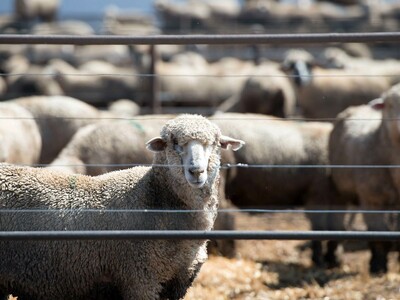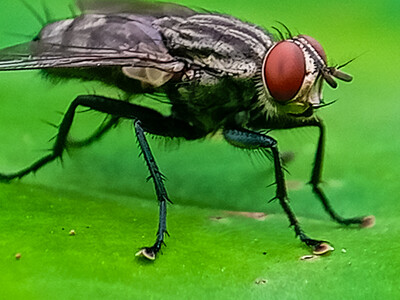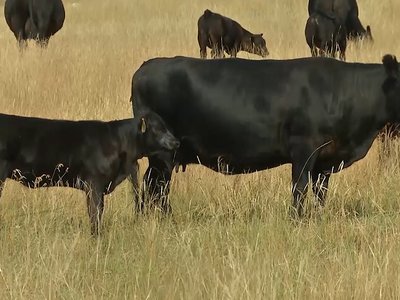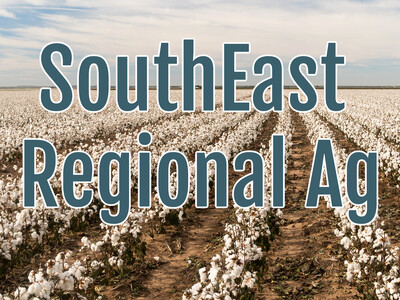Wild Horse ecology
William Simpson has a plan whereby US officials transfer wild horses from places they aren’t wanted to mountain wilderness where they will reduce wildfires and sustain natural vegetation.A minority of Americans want to see American wild horses sent to slaughter to make room for more livestock grazing on public lands. Obviously, we don't see most Americans giving up their hamburgers and steaks, so the demands for beef, lamb and pork are slowly increasing. But do we need to kill wild horses in slaughter houses? And is this even a wise use of these publicly-owned wild horses?
The question of value arises; are wild horses more valuable in a pet food can, or in a wildfire fuel abatement role helping to protect forest resources and the lives and assets of humans?
Each horse deployed into and around remote forest wilderness areas with depleted deer populations can abate 5.5 tons of ground fuel (grass and brush) annually (~30 pounds/day) in and around forest the areas that are virtually inaccessible, especially wilderness areas. For comparison, a deer consumes about 7-pounds of grass and brush per day. Many of these remote wilderness areas are poorly suited to commercial livestock grazing due to the extensive predation of calves and lambs, poor accessibility and very difficult terrain. These and other factors significantly reduce any profits. Losing calves and lambs is not an option of livestock production.
Western forests are depleted of deer due to poor wildlife management of predators. California and Oregon are down over 2-million deer over the past 5 decades. These deer had been abating nearly 3-million tons of grass and brush. It will take decades to correct our depleted deer populations.
A wild horse will abate about 5.5 tons of prodigious grass and brush annually in and around forests. 5.5 tons of grass and brush equals roughly 5-7 acres of grass and brush (varies with area), which can easily be maintained by wild horses year-round at nominal levels without any human intervention or the added risk of man-caused wildfires, especially during summer.
Website: http://www.whfb.us/

















